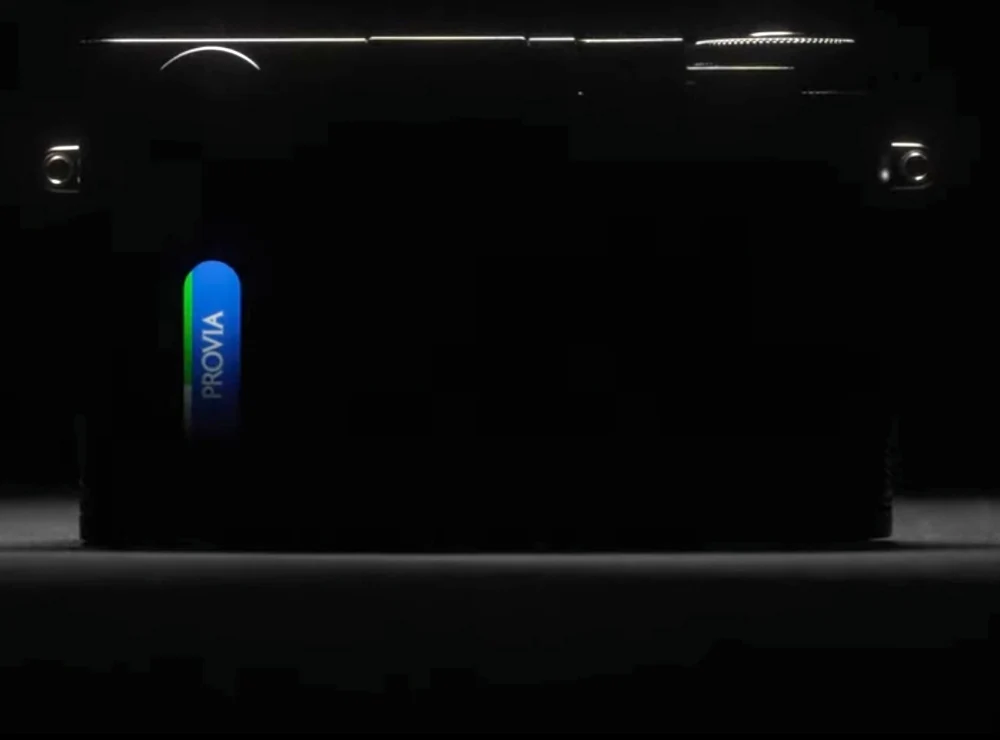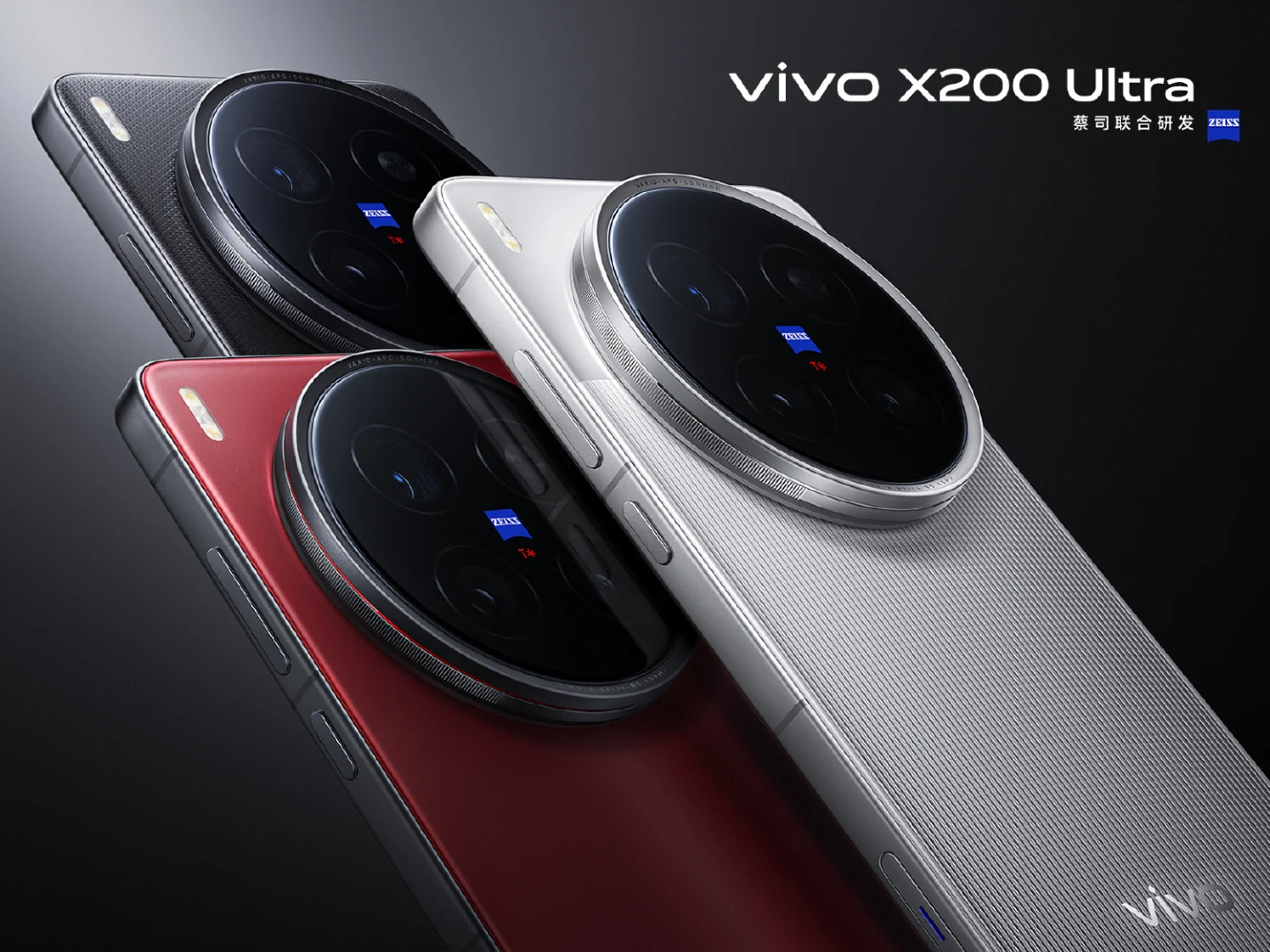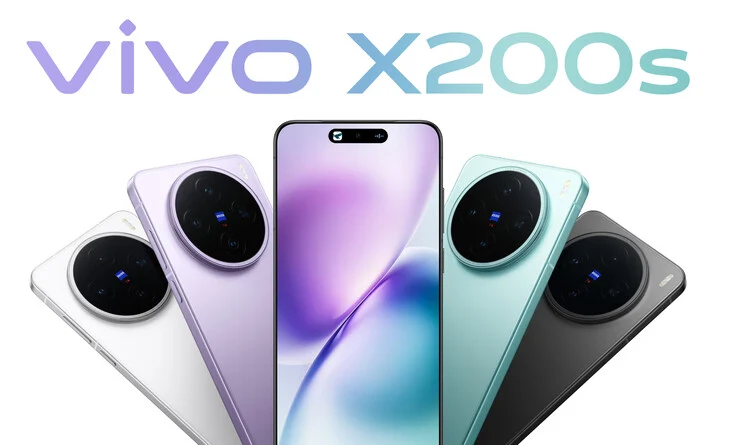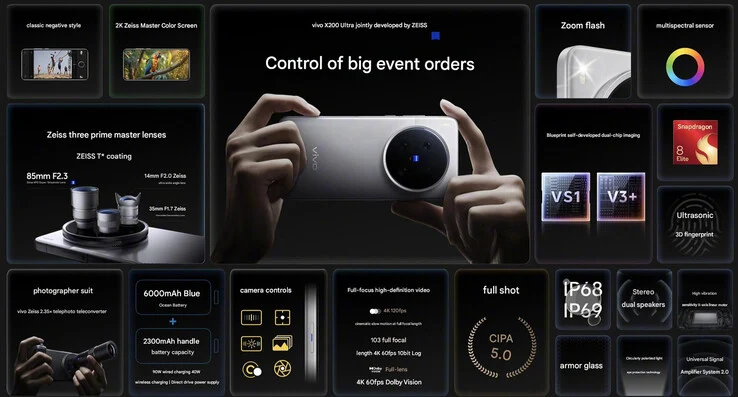Key Takeaways
1. Google will require all apps installed from outside of Google Play to be registered by verified developers starting September 2026.
2. Developers must complete a two-step verification process, including identity confirmation and proof of app ownership.
3. Sideloading will still be allowed, maintaining developers’ freedom to distribute apps directly to users.
4. The new requirement will first roll out in Brazil, Indonesia, Singapore, and Thailand in September 2025, with a global rollout planned for 2027.
5. Google has launched a new Android Developer Console to assist developers who do not use Google Play for app distribution.
Google has recently introduced a new security feature for Android that mandates all apps installed from outside of Google Play to be registered by a verified developer. This “developer verification” rule will be put into action in September 2026 for certified Android devices, which are those that come with Play Protect. According to Google, this move aims to combat malware, as they found that users are 50 times more likely to encounter malware when downloading apps from sources sideloaded from the internet.
Verification Steps for Developers
To get verified, developers will need to go through a two-step process. Initially, they must confirm their identity by submitting personal or business IDs, which include their legal name, email address, home address, phone number, and website verification. The second step requires developers to demonstrate ownership of their applications by providing the unique package name and signing keys associated with the apps.
Sideloading Still Allowed
Google emphasizes that this change won’t eliminate sideloading, stating that “developers will still have the same freedom to directly distribute their apps to users through sideloading or to use any app store they see fit.” They compare the process to an “ID check at an airport,” which verifies a traveler’s identity without interfering with the security checks of their baggage.
Global Rollout
The new requirement will first be implemented in Brazil, Indonesia, Singapore, and Thailand in September next year, with plans for a worldwide rollout set for 2027 and later. To assist developers who do not use Google Play for distribution, Google has launched a new Android Developer Console. Additionally, they are developing a different version of the Android Developer Console aimed at hobbyist developers and students.
Source:
Link

















